What is a Partnership Flip?
The term takes its name from the tax partnership that exists where both parties in a solar development contract must benefit from the contract that is created (the majority partner and the minority partner) with respect to the flow-through of income and expenses. This tax structure can have significant benefits in terms of maximizing both cash returns on investment, Federal Tax Incentives and on depreciation deductions. While it has been used in wind projects since 2006, it has just recently become more prevalent in solar installations. The Partnership Flip offers an important benefit to solar developers and investors by allowing companies with high tax liabilities to monetize those losses using the tax equity investment structure.
How does a Partnership Flip work?
The Partnership Flip is a legal mechanism that enables a three-party contract to be established, the first party being the developer of the solar farm, the second is the tax equity investor and the third party is the special-purpose entity that has been created or set up for the purpose of the solar project. Both the owner/solar developer and the tax equity investor are shareholders in the special-purpose entity (SPE). The tax equity investor will usually hold 95% of shareholding of the SPE and the owner/developer will hold the remaining 5% of shareholding, for the first 5 to 6 years of the project life cycle. During this time, most of the proceeds of the project will be funneled to the tax equity investor, allowing the most efficient use of the Federal Investment Tax Credit or ITC. Once the ITC tax credit, depreciation, and an agreed return on investment have all been realized, ownership of the special-purpose entity is reversed, with the developer holding 95% of the project stake holding and the tax equity investor holding 5% of the project, hence the name, partnership flip.
Objectives of a Partnership Flip
The partnership flip contract has several objectives, such as keeping developer capital in the deal, subordinated to the tax equity investor’s return, whilst at the same time transferring as much of the tax benefits to the tax equity investor as possible. However, the task of operating responsibility must not be transferred to the investor in the process, that task should remain with the developer as managing member or the operations manager for the project company.
Overall, the Partnership Flip contract seeks to benefit all parties involved over a period of time, giving these parties the opportunity to gain from the investment of the solar project through a mechanism that allows the reversal of ownership. The Partnership Flip is a highly effective tool that when correctly deployed, allows for large-sale solar financing, generating long-term investor value, for very little risk.

Jeanne Altern
Jeanne is passionate about business, copywriting and social media. During her time at Regent Renewables her understanding of the solar energy industry and blockchain technology has grown drastically, giving her the ability to share some of that knowledge via her writing.
